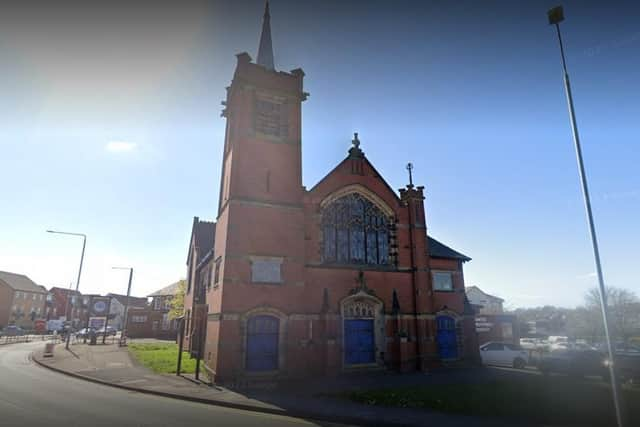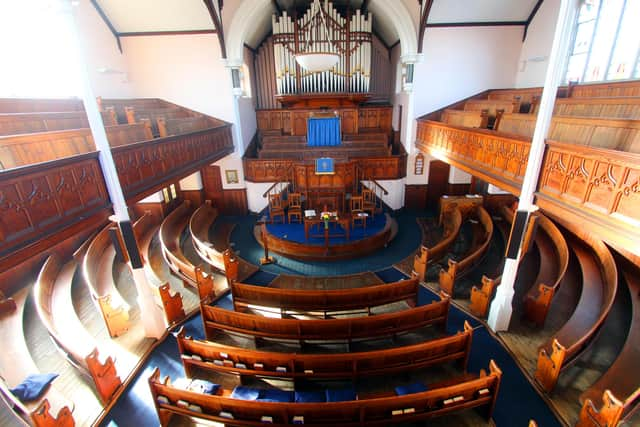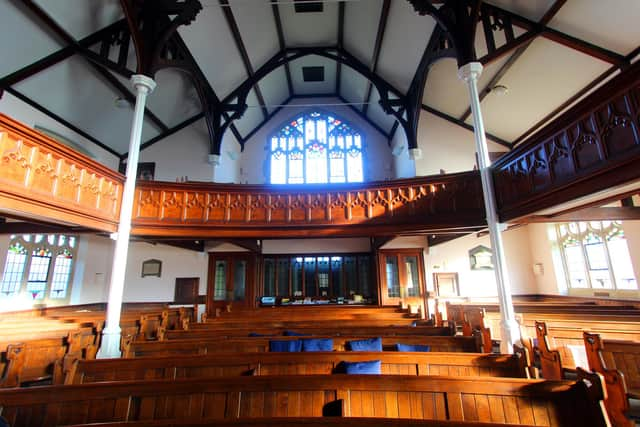Sadness as historic Sutton church closes doors after more than 110 years
and live on Freeview channel 276
The United Reformed Church, on High Pavement in the town, held its final service on Sunday, July 23, and will soon be put up for sale.
Although the building was erected in 1906, the unique church has a colourful history with origins dating back to troubled times in the 17th century.
Advertisement
Hide AdAdvertisement
Hide AdThe church started life in 1651 under the care of the Reverend James in Moorgreen, during the Civil War between King Charles I and Parliament.


In 1662, Parliament invited his son, King II to return to the throne, after which he introduced the Act of Uniformity and all churches had to conform to the Book of Common Prayer. About 2,000 priests refused and were ejected from the Church of England.
The Reverend Tuke, from Moorgreen, then came to Sutton and joined the dissenters – who met in secret. Soon after, he was arrested and put in prison for three years for preaching the gospel.
Despite this, the church kept meeting in secret until a future King – William III – introduced the Act of Toleration in 1689, which meant they could meet openly once more.


Advertisement
Hide AdAdvertisement
Hide AdFinally, after hundreds of years based in small venues around Sutton, the church as it stands today was built at the top of Victoria Street in 1906.
Long-standing church elder Bill Gibson said: “My first memory of the church was in 1951 when it celebrated its 300th anniversary by flood lighting the outside of the building, lighting up the dull days of post-war Britain.
“By the 1960s there was a new young people’s group which was successful in contributing a number of members and deacons to the church.”
The church continued to flourish throughout the 70s, 80s and 90s and celebrated its 350th anniversary at the start of the new millennium.


Advertisement
Hide AdAdvertisement
Hide AdBut, despite the installation of a new roof in 2012, numbers began to dwindle and the Covid-19 pandemic hit hard.
Mr Gibson: “Before and following Covid we found ourselves short of people to run the church and a falling congregation, so it is with great sadness that a decision was made to close this historic church.”
